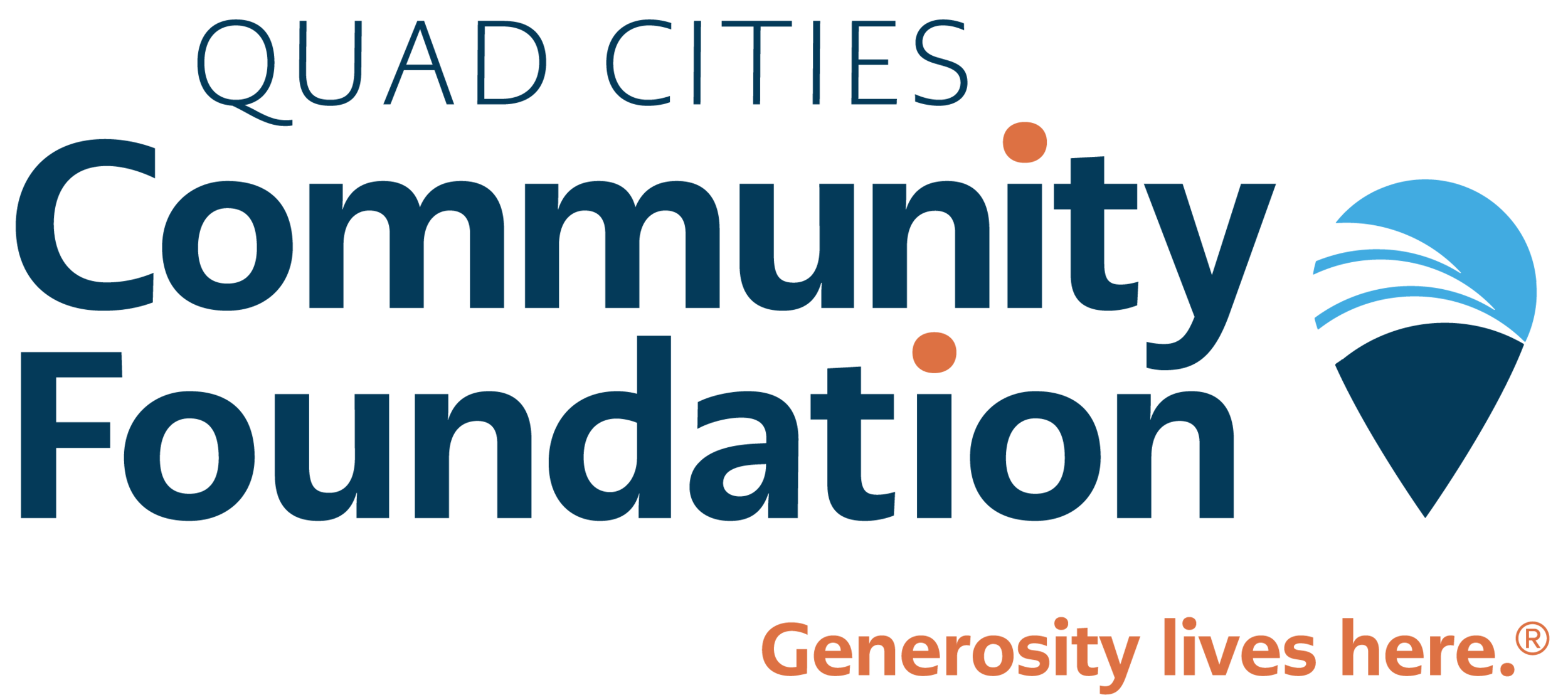What are Grantmakers Looking For?
By Kelly Thompson, VP of Grantmaking and Community Initiatives
It’s a perennial question from grantseekers: what are grantmakers looking for in the applications they consider and the projects, programs, or organizations they fund? I asked it myself when I was a grantwriter, and now that I’m on the funding side I know the answer(s).
Good news: we’re looking for what you’re looking for. And what you’re looking towards.
What is your vision for the people or community you serve?
What’s your path to getting there?
How will the application you’ve submitted help you take at least one more step along that path?
And – does that vision and path align with the one that the grantmaker is following?
Ultimately, writing a grant means telling that story. Just as in the writing assignments from your English 101 classes, you’ll need to follow different requirements for telling your story depending on the grantmaker you’re applying to. So the first tip is:
Do your research. Best practices for grantmakers call us to be transparent and proactive in describing the priorities we have set, the requirements that we follow, and the evaluation criteria that help us decide which of the applications we receive are the best fit with our goals. Learn everything you can from the grantmaker’s website, their 990, and other resources – including your nonprofit peers through groups like your local chapter of the Association of Fundraising Professionals.
Reach out. Most of my grantmaking peers will tell you that a relationship with the grantseeker matters. But not in the way you might think. This doesn’t mean you’re in luck if your board chair plays golf with their CEO, or if your executive director went to school with their CEO. This means you’ve made a connection between your two organizations, which helps them see your impact and come to understand that you are a reliable community partner who they can call if they have questions about your application. That process starts with a simple phone call. Introduce yourself, ask questions based on the research you’ve done, and clarify anything that is unclear about the information they’ve provided. (The best grantmakers will especially appreciate that last part – we want to make sure we’re communicating as clearly as possible so we get the best applications possible.)
Go/No-go. This is one of the hardest parts. Now that you know what that particular grantmaker’s priorities, goals, and opportunities are, ask yourself – does your organization or project fit in? Take an objective look, and if the answer is no (or at least, not right now), recognize that it is not that they don’t think your work is valuable. It’s just that they, like you, have a mission to fulfill and have chosen to go about that in a particular way. Count yourself fortunate to be making the best use of your time, and go back to step 1 with another grantmaker.
Customize. On the other hand, maybe the answer is yes! Now you know what that particular grantmaker wants, and you see a fit between your goals and theirs. You have a story that fits in with the story that the grantmaker hopes to tell. Now tell it - in the format they’ve asked for, emphasizing the facets that they’ve shown to find most valuable. Some will want “hard data” – statistics, outputs, and outcomes. Some will want “heart data” – client anecdotes, photos, and quotes. Most will want both in some combination.
Proof and Submit. Test your work with an outside party – maybe a co-worker, but even better someone who doesn’t know your organization well. Is your mission, and its tie to this application, clear? Have you avoided industry jargon? Does it touch both the brain and the heart of the reader? And of course, is every question answered, every attachment attached, and every typo fixed? Yes? Then click send.
Once you have a decision, reach out. Again. You’ll get an answer.
It might be yes – hooray! Celebrate, and if you like, make a quick call or email thanking the grantmaker. That initial excitement is great to hear. Follow up with a formal thank you letter, and ensure that you prepare to complete any reporting that is required.
Then again, it might be no – and there’s no way around it, that is disappointing. But reach out anyway. Some of the most valuable conversations I’ve had with applicants have been after I’ve had to tell them no. I’ve been able to share why our committee chose to fund other applications over theirs, and in many cases, it has led to stronger applications in the future. Even if it didn’t lead to future applications, it has always increased understanding and respect on both sides.
In fact, even if it’s a yes, it doesn’t hurt to ask the grantmaker about the strong and weak points of your application – there’s always more to learn so that you can tell your story even better in the future.
As you follow these steps repeatedly with every grant request, you’ll find that each successive attempt builds on the last, increasing your ability to tell your story effectively.
In the meantime, here are a few key resources that I wish I had had at my fingertips when I first started as a grantwriter.
